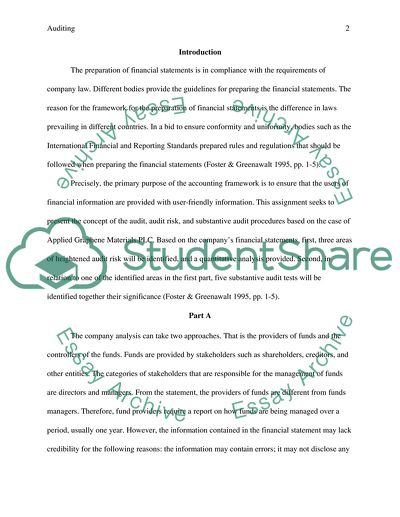Cite this document
(“Auditing Assignment Example | Topics and Well Written Essays - 1500 words - 2”, n.d.)
Retrieved from https://studentshare.org/finance-accounting/1687088-auditing
Retrieved from https://studentshare.org/finance-accounting/1687088-auditing
(Auditing Assignment Example | Topics and Well Written Essays - 1500 Words - 2)
https://studentshare.org/finance-accounting/1687088-auditing.
https://studentshare.org/finance-accounting/1687088-auditing.
“Auditing Assignment Example | Topics and Well Written Essays - 1500 Words - 2”, n.d. https://studentshare.org/finance-accounting/1687088-auditing.


